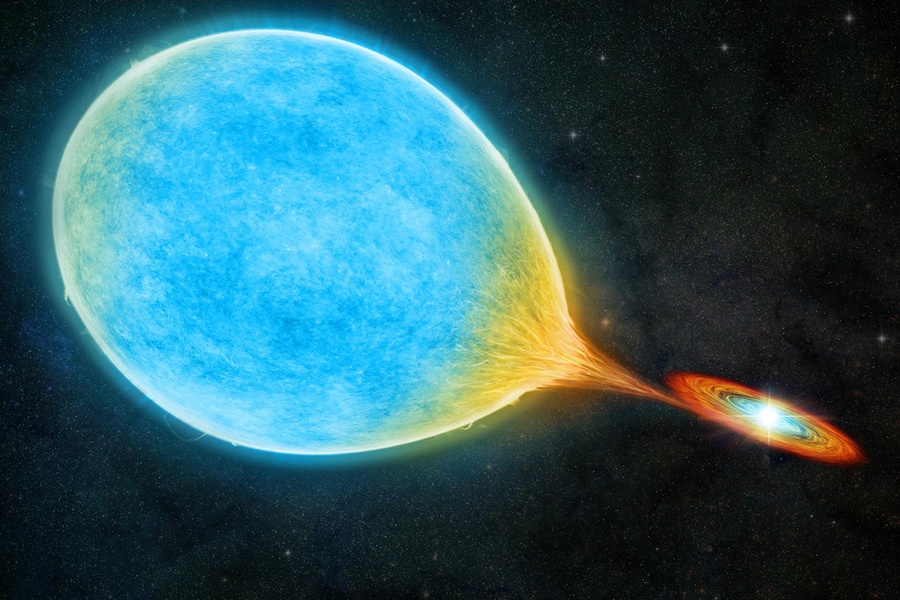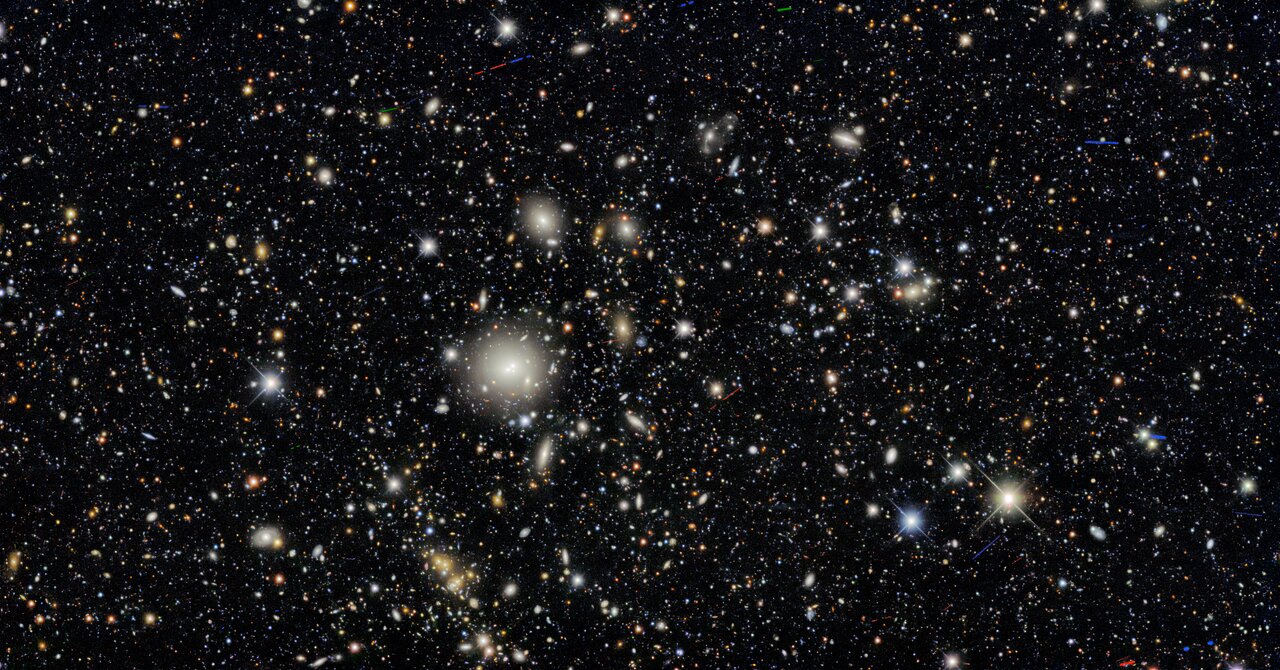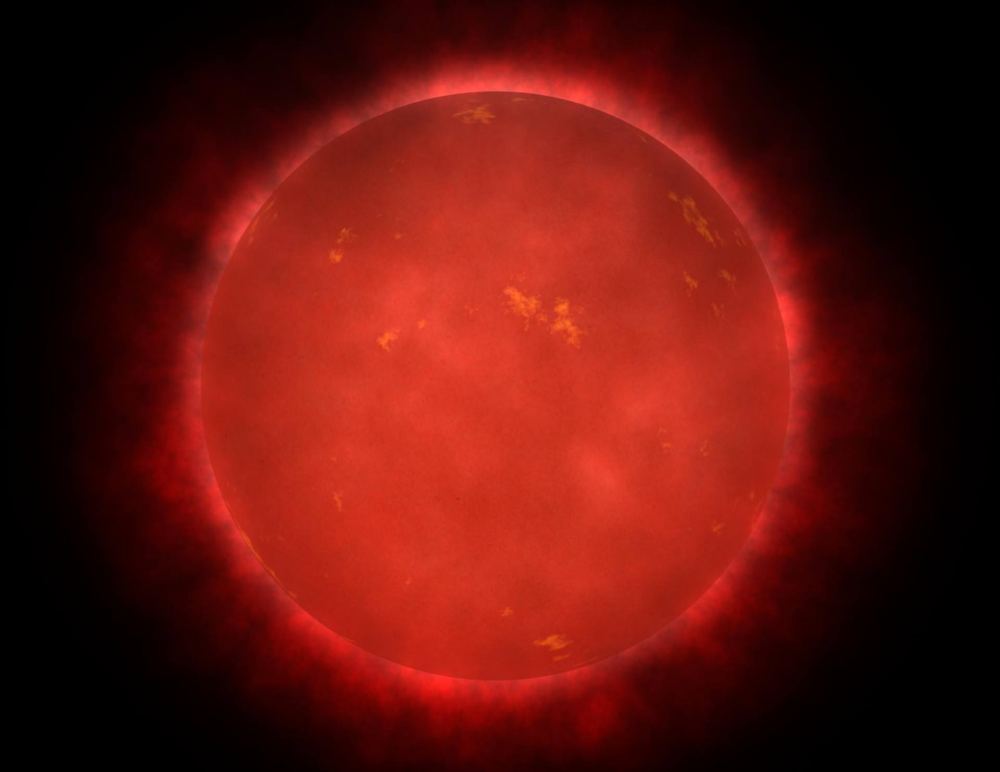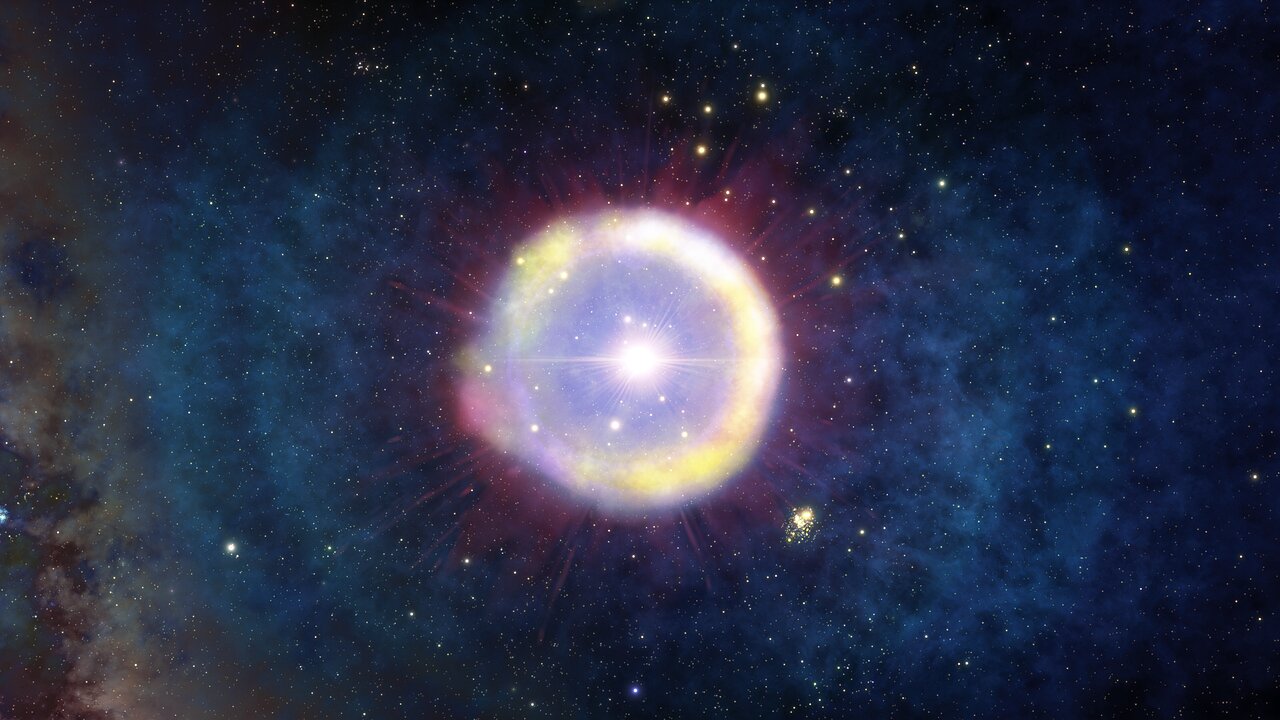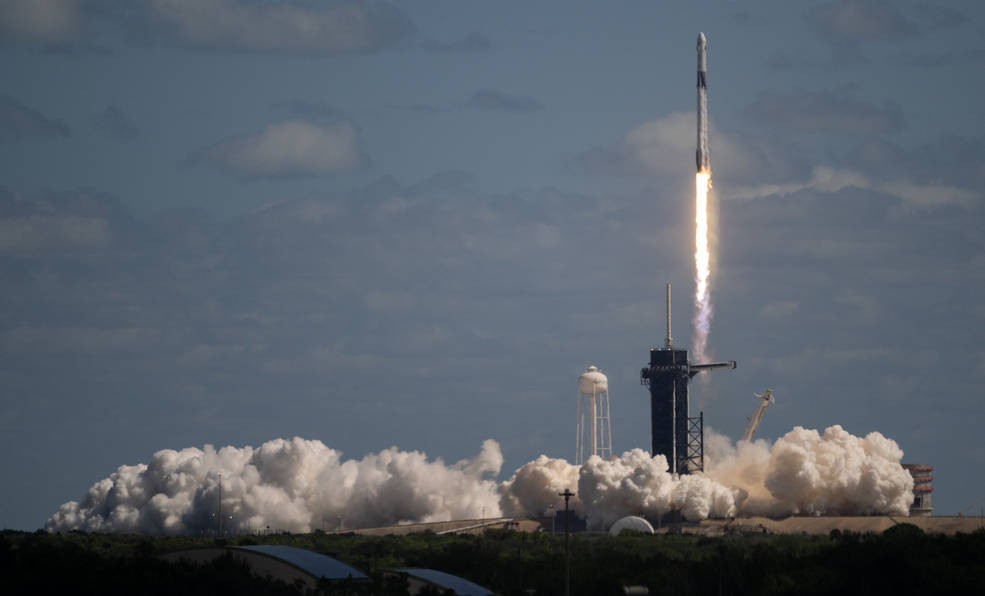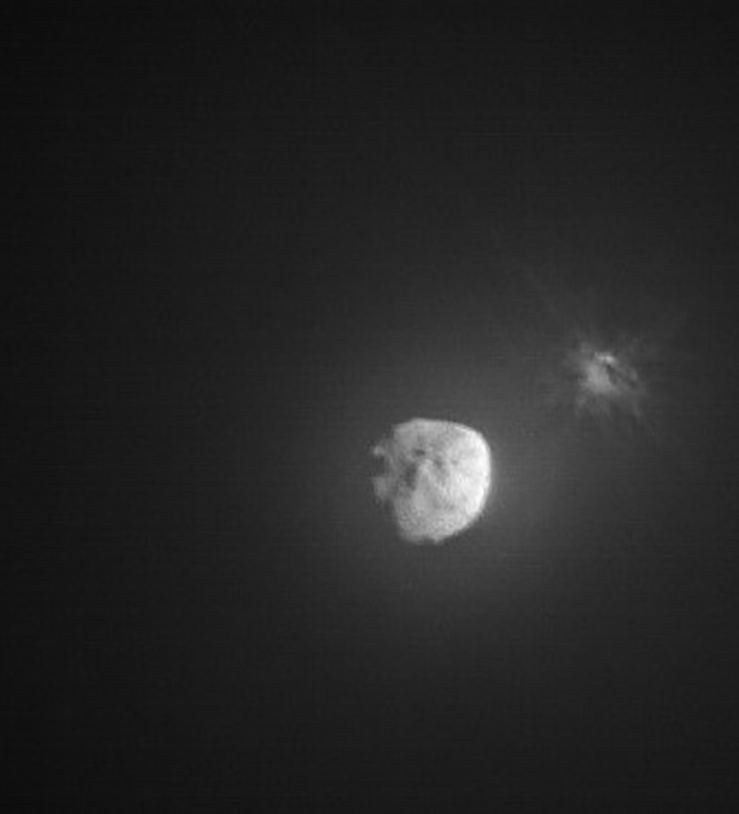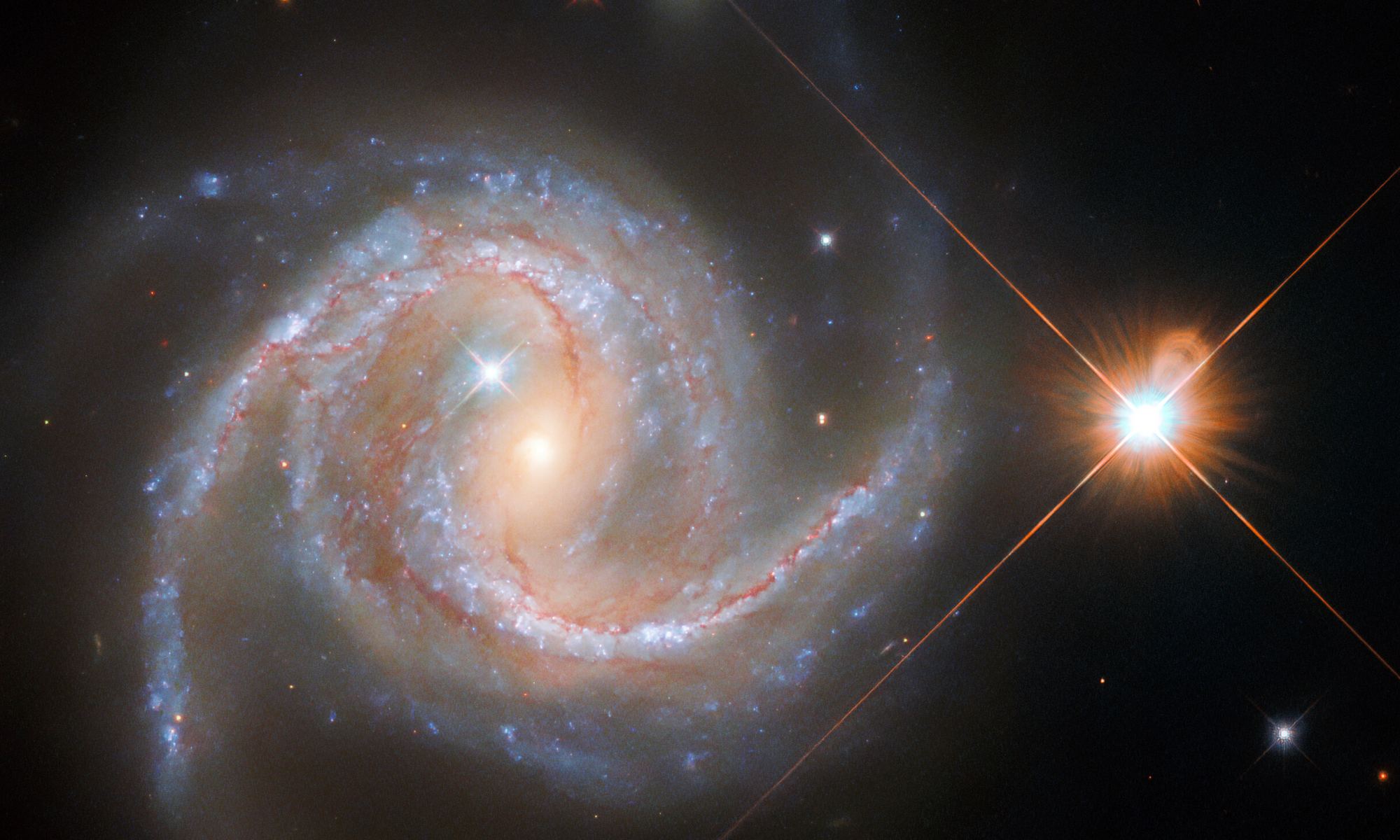According to the predominant cosmological model, the first stars in the Universe formed roughly 100,000 years after the Big Bang. Known as Population III stars, these early stellar masses were very large, short-lived, and contained virtually no metals or heavier elements. Over time, elements like carbon, nitrogen, oxygen, and iron formed in their interiors through nucleosynthesis. When these stars reached the end of their lifespans, they exploded in a supernova many times greater than anything we see today (a “super-supernova”), causing these elements to be dispersed throughout the cosmos.
For decades, astronomers have been attempting to find evidence of these earliest stars, yet all attempts to date have failed. But thanks to a recent study, a team led by the University of Tokyo thinks they may have finally spotted the first traces of one of the earliest stars in the Universe. While analyzing data previously obtained by the Gemini North telescope of the most distant quasar ever observed, the team noticed a massive cloud of material around it. Based on their analysis, they believe the material came from a first-generation star after it went “super-supernova.”
Continue reading “Astronomers see Tantalizing Evidence for one of the First Stars to Form in the Universe”

